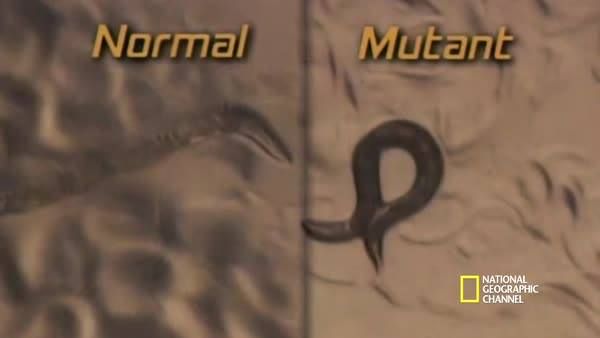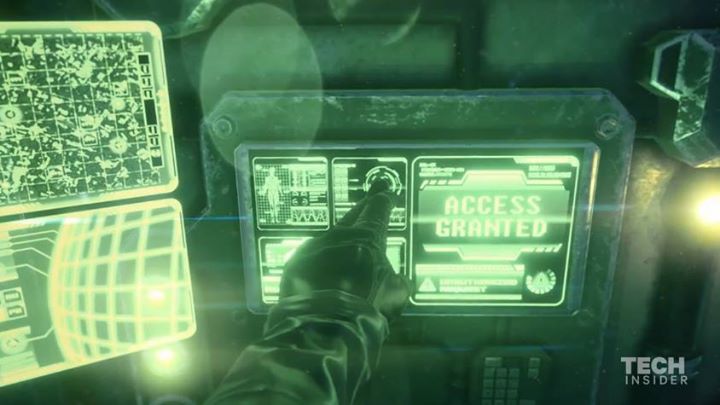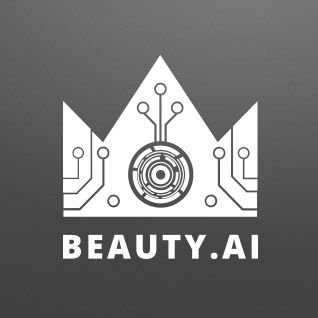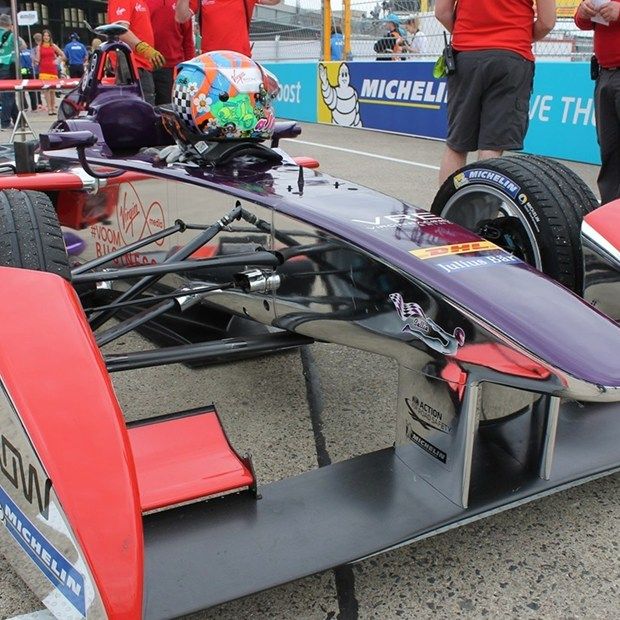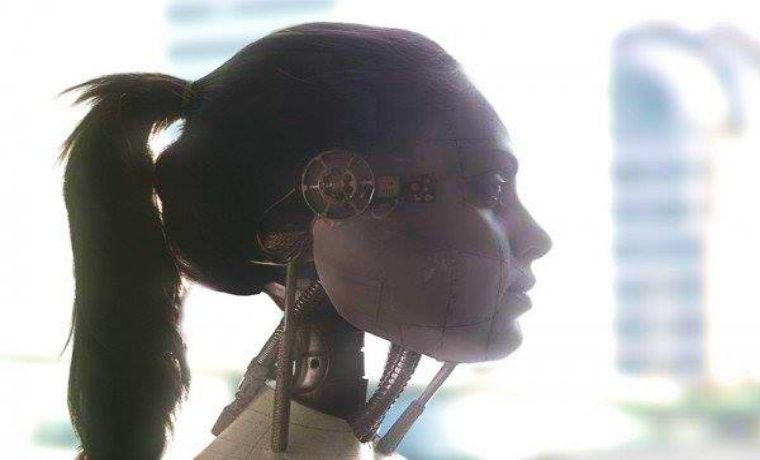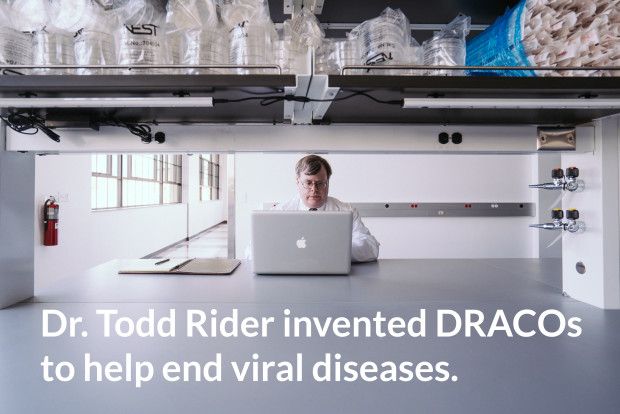
Just as the development of antibiotics revolutionized the treatment and prevention of bacterial infections in the mid-20th century, MIT’s Dr. Todd Rider has invented DRACOs, a novel broad-spectrum antiviral drug that has the potential to revolutionize the treatment and prevention of virtually all viral infections. Dr. Rider’s DRACOs approach and results have been called “visionary” by the White House (National Bioeconomy Blueprint, April 2012, p. 9), named one of the best inventions of the year by Time magazine (November 28, 2011, pp. 58, 78), and featured on the BBC Horizons TV program (2013).
However, research on DRACOs has entered the well-known “Valley of Death” in which a lack of funding prevents DRACOs, and many other promising new drugs, from being developed and advancing toward human medical trials. To progress DRACOs research it needs to be demonstrated against clinically relevant viruses (i.e; HSV). To that end an IndieGoGo campaign (http://igg.me/at/EndTheVirus) was started on October 13, 2015.
Donate and Learn More on IndieGoGo.http://igg.me/at/EndTheVirus
Read more
